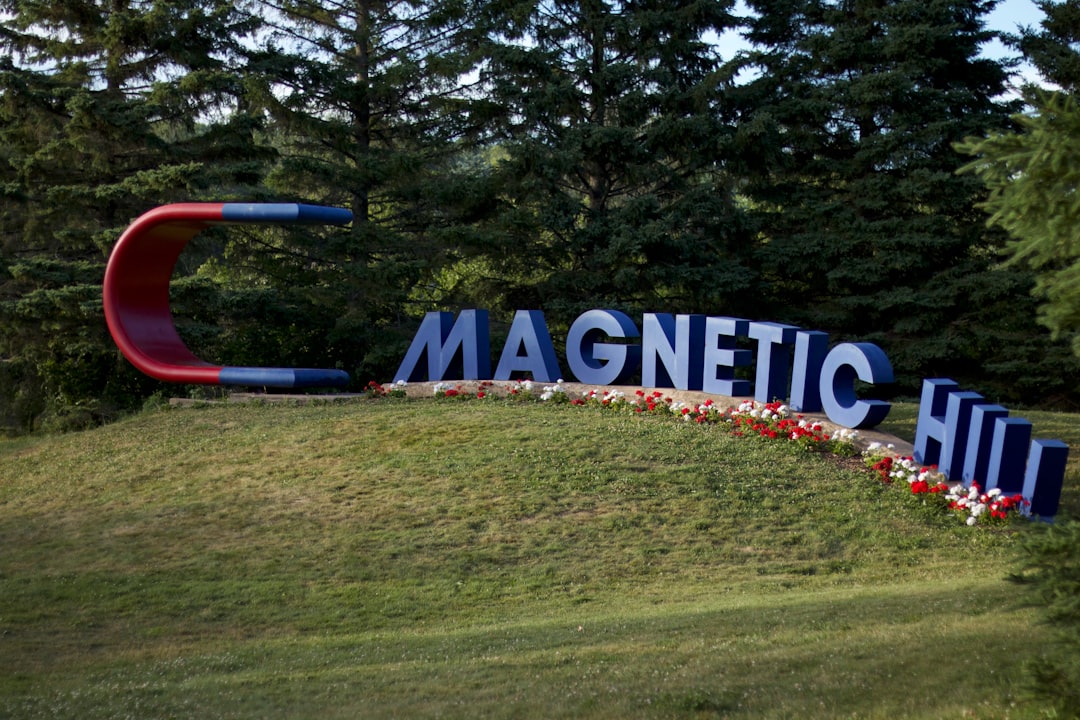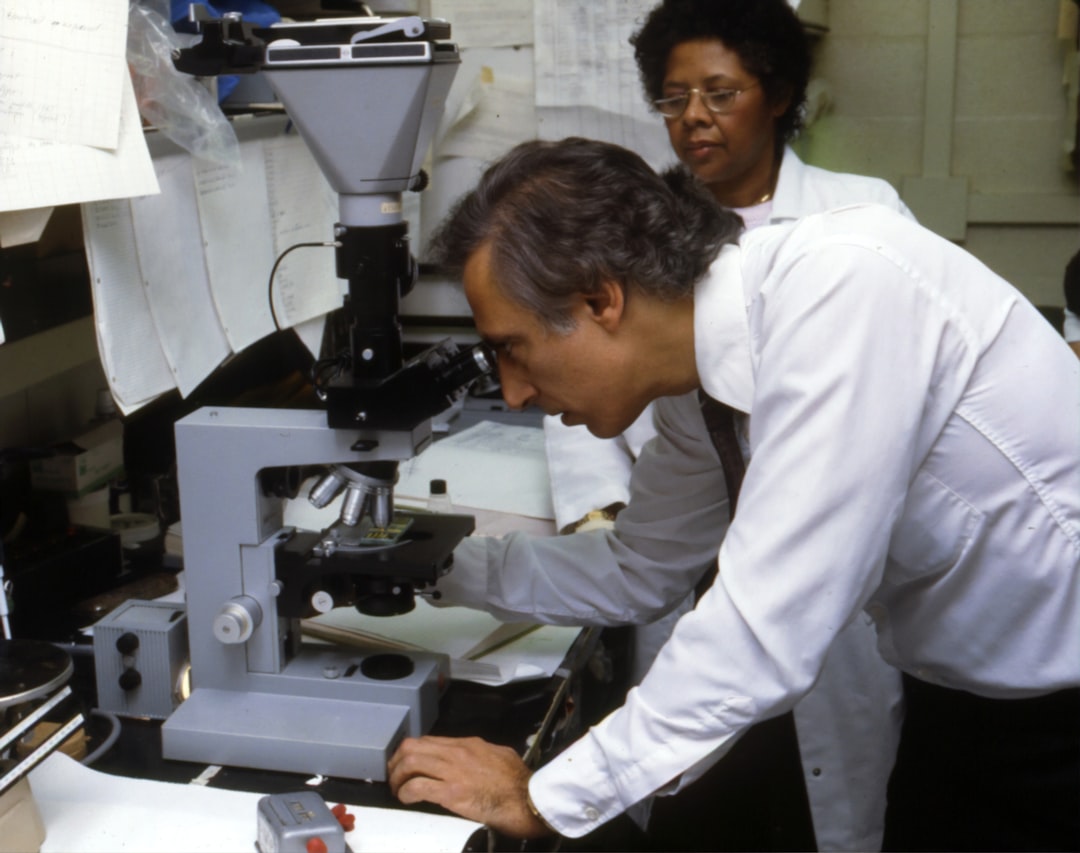What is it about?
This paper describes two ultrasensitive DNA nanobiosensors involving electrostatic attraction of ruthenium cations by the anionic phosphate backbone of DNA. Incorporation of graphene and multi-walled carbon nanotubes enhanced the performance of the nanobiosensors. The nanobiosensors selectively distinguish between matched and mismatched sequences.
Featured Image

Photo by Sangharsh Lohakare on Unsplash
Why is it important?
A neutrally charged morpholino DNA sequence is used for the first time for fabrication of DNA biosensor, with the DNA probe immobilized on the surface of reduced graphene oxide, and multi-walled carbon nanotubes modified glassy carbon electrodes through the establishment of a strong gold-sulfur linkage. The nanobiosensors enabled detection of pico-molar levels of DNA.
Perspectives
The work described in this paper outlines a novel approach for fabrication of novel DNA biosensors based on the use of graphene oxide and multi-walled carbon nanotubes modified electrodes. The biosensors utilised the electrostatic attraction of [Ru(NH3)6]3+ cations for achieving ultrasensitive detection of DNA. Furthermore the biosensors demonstrated an excellent ability to discriminate against mismatch DNA sequences.
Professor Samuel B Adeloju
Charles Sturt University
Read the Original
This page is a summary of: Fabrication of DNA based biosensors driven by electrostatic attractions on electrodes modified with reduced graphene oxide and multi‐walled carbon nanotubes, ChemNanoMat, September 2022, Wiley,
DOI: 10.1002/cnma.202200262.
You can read the full text:
Contributors
The following have contributed to this page










